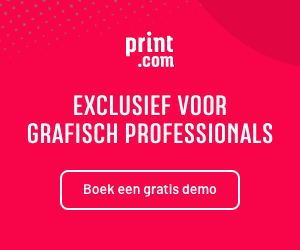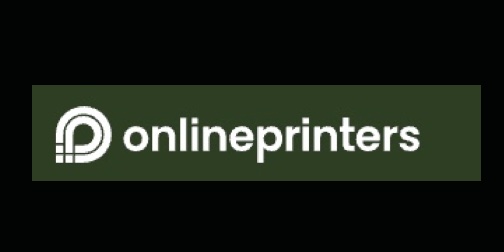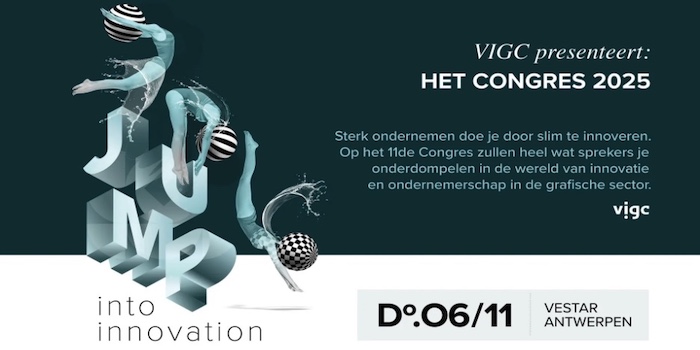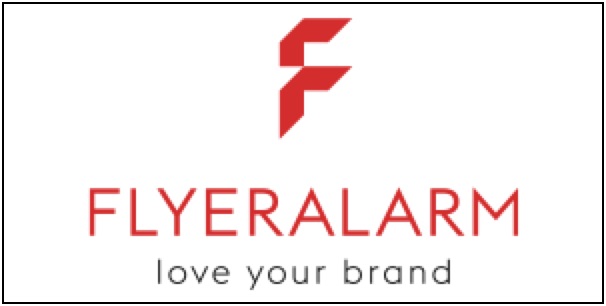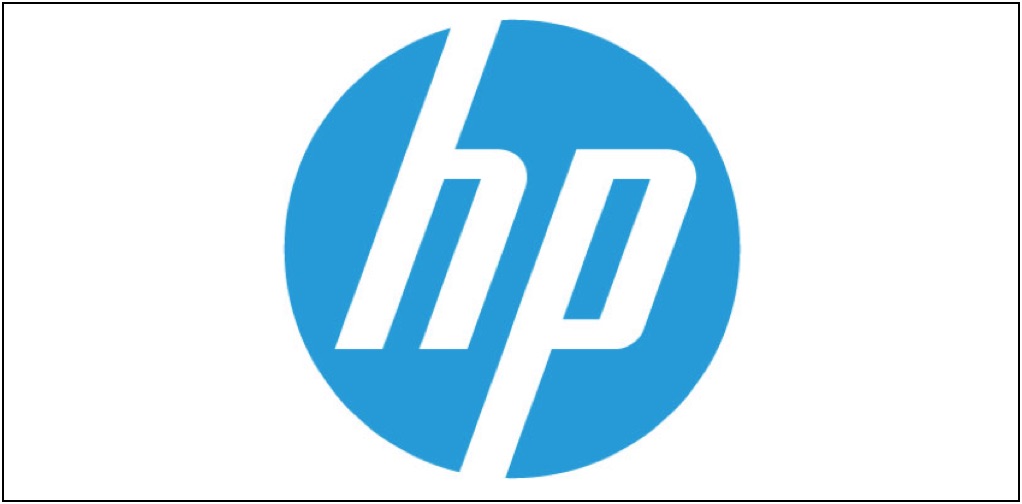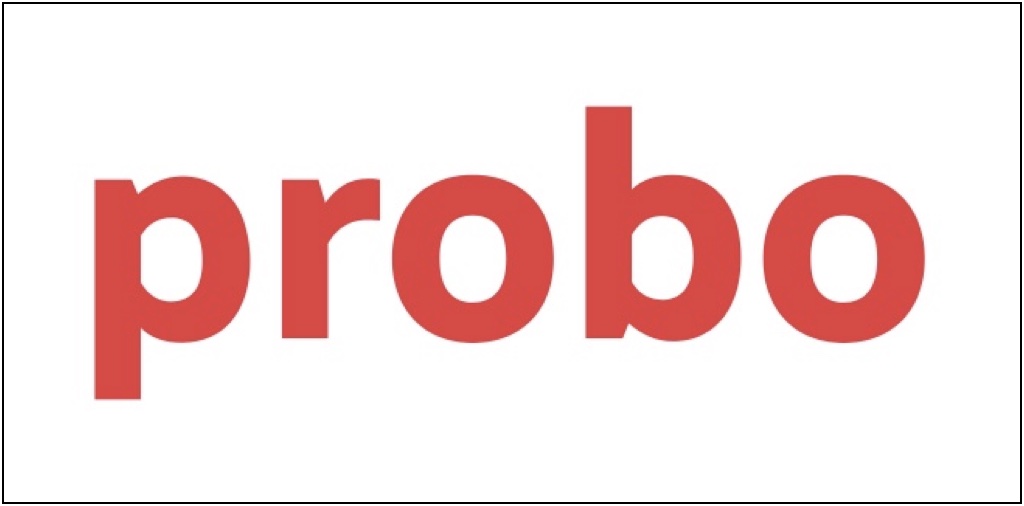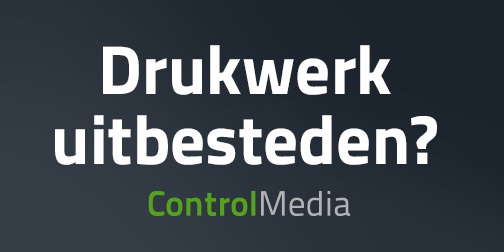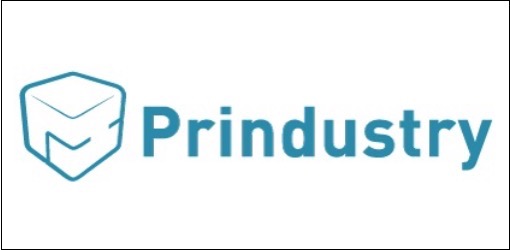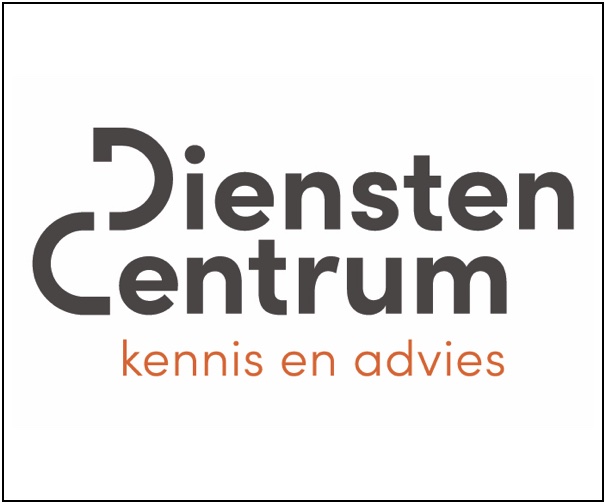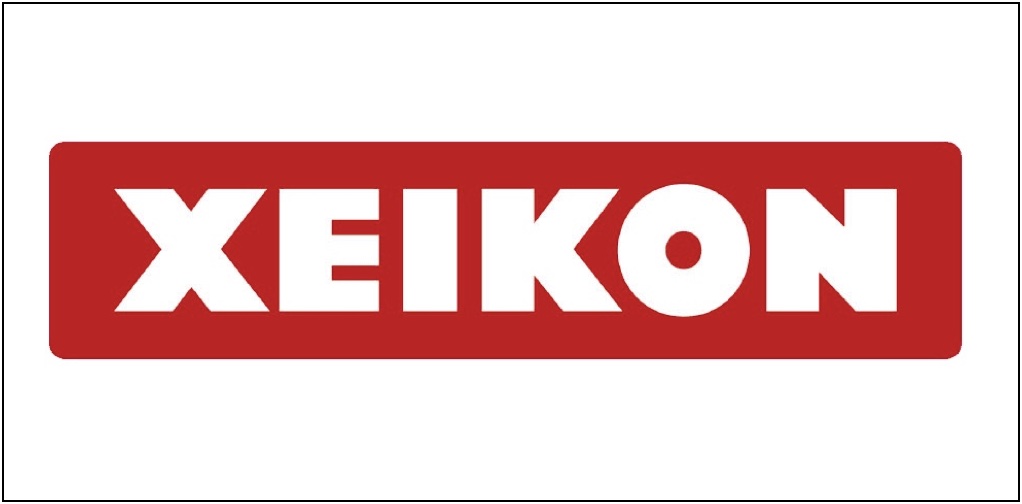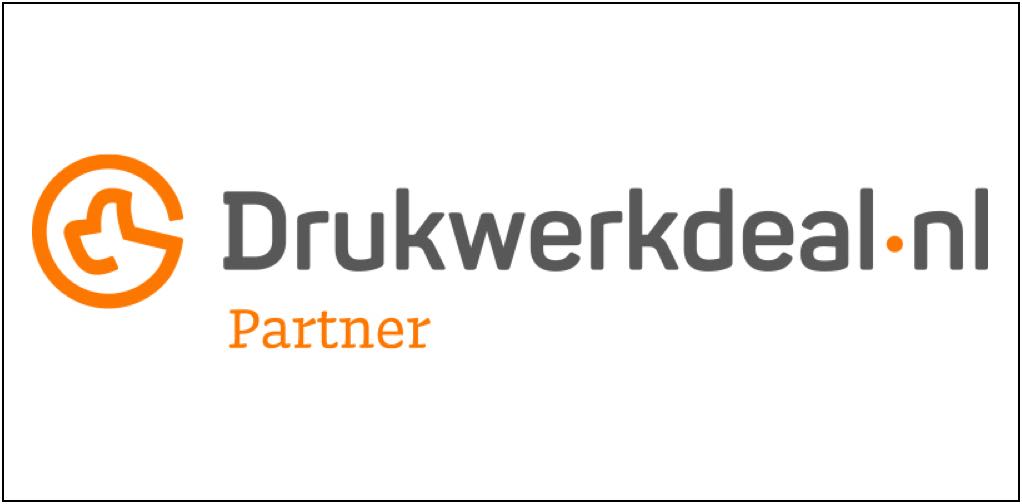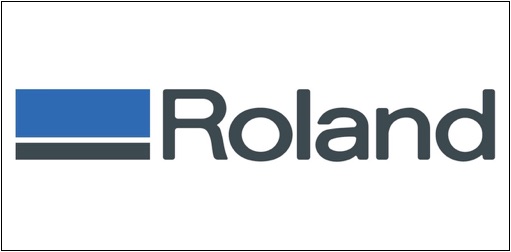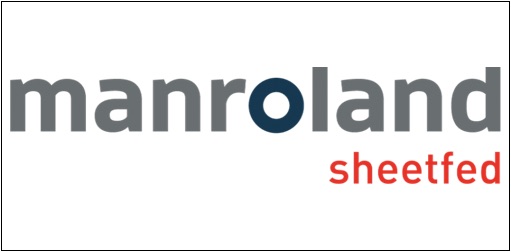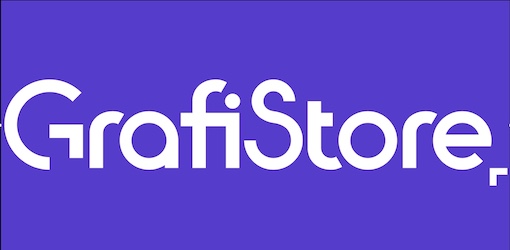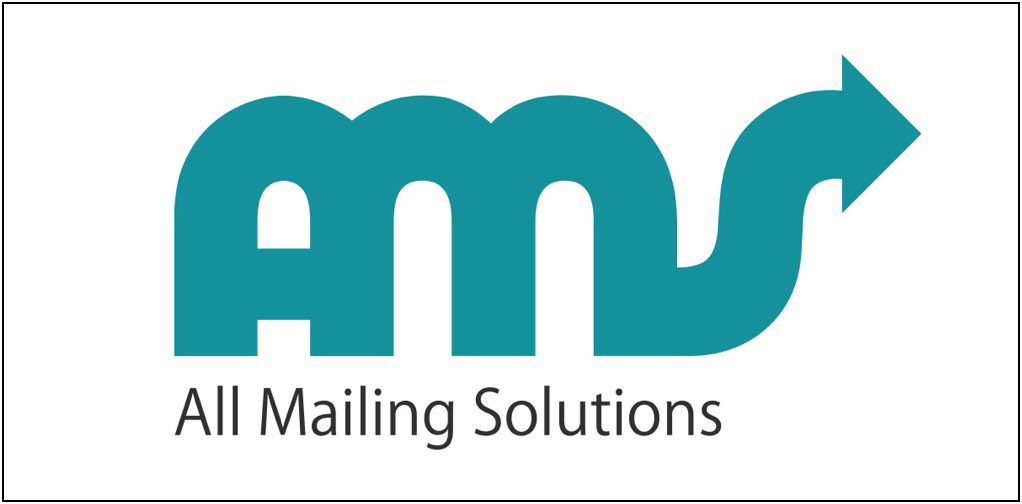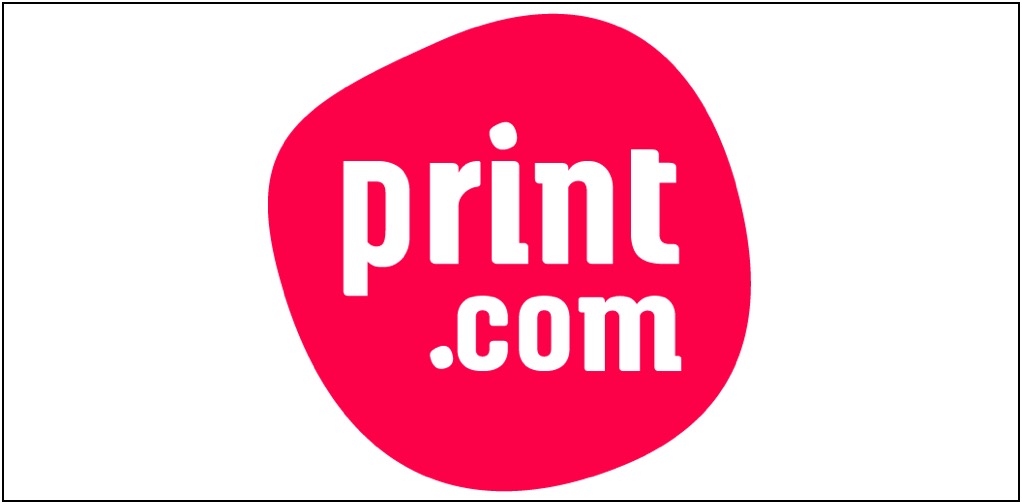Rob van den Braak
 A very specialised form of printing is glass printing. It is a growth market of which the value add is very high. If you want to be updated on the current state of technology and market expectations a visit to Glass Print 2015, 25 and 26 November in Düsseldorf, Germany, is a good idea. With informative keynotes and technical presentations and an exhibition, combined with networking possibilities a visit is definitely worthwhile. If you want to know more about this event organized by ESMA, click here.
A very specialised form of printing is glass printing. It is a growth market of which the value add is very high. If you want to be updated on the current state of technology and market expectations a visit to Glass Print 2015, 25 and 26 November in Düsseldorf, Germany, is a good idea. With informative keynotes and technical presentations and an exhibition, combined with networking possibilities a visit is definitely worthwhile. If you want to know more about this event organized by ESMA, click here.
Lees verder....
 Een bijzondere tak van sport is het bedrukken van glas. Het is een groeiende markt waarvan de toegevoegde waarde hoog is. Als je wilt weten wat de stand van de techniek en de marktvooruitzichten van glasprint is dan is een bezoek aan Glass Print 2015, 25 en 26 november in Düsseldorf, aan te raden. Keynotes en technische presentaties brengen je dan op de hoogte en een bezoek aan de tentoonstelling gecombineerd met de vele netwerkmogelijkheden zullen er welbestede dagen van maken. Meer over dit door ESMA georganiseerde event via de link.
Een bijzondere tak van sport is het bedrukken van glas. Het is een groeiende markt waarvan de toegevoegde waarde hoog is. Als je wilt weten wat de stand van de techniek en de marktvooruitzichten van glasprint is dan is een bezoek aan Glass Print 2015, 25 en 26 november in Düsseldorf, aan te raden. Keynotes en technische presentaties brengen je dan op de hoogte en een bezoek aan de tentoonstelling gecombineerd met de vele netwerkmogelijkheden zullen er welbestede dagen van maken. Meer over dit door ESMA georganiseerde event via de link. At Labelexpo, 29 September – 2 October, Brussel Expo, Screen Europe will demonstrate the latest model of the Truepress Jet L350UV inkjet label press featuring important new innovations that combine to deliver superb quality, productivity and flexibility (Booth 9B30). Since the innovative Truepress Jet L350UV was launched just two years ago, the press has evolved significantly and in Brussels visitors will see the latest model featuring new ‘vivid colour’ extended gamut, JDF-enabled job control software and inline/offline finishing – all for the first time. Popular with label converters worldwide, 25 systems have already been installed and all are in maximum production and driving business growth. Several companies are now investing in their second press to meet demand.
At Labelexpo, 29 September – 2 October, Brussel Expo, Screen Europe will demonstrate the latest model of the Truepress Jet L350UV inkjet label press featuring important new innovations that combine to deliver superb quality, productivity and flexibility (Booth 9B30). Since the innovative Truepress Jet L350UV was launched just two years ago, the press has evolved significantly and in Brussels visitors will see the latest model featuring new ‘vivid colour’ extended gamut, JDF-enabled job control software and inline/offline finishing – all for the first time. Popular with label converters worldwide, 25 systems have already been installed and all are in maximum production and driving business growth. Several companies are now investing in their second press to meet demand.
The high-productivity Truepress Jet L350UV uses Screen’s high-definition CMYK+white UV inks and delivers photo-realistic quality at 50m/minute (16 sqm/min) on web widths up to 350mm. The press incorporates single-pass greyscale piezo printheads with a minimum droplet size of 3 picolitres. Printing resolutions of 600 x 600dpi combined with the very small droplet size gives sharp, well-defined images and text.
New features
The latest Screen Truepress Jet L350UV at Labelexpo further maximises the potential for profitability by offering end-to-end production with new developments in links to MIS and near line finishing. The new link to CERM (MIS) allows JDF communication to the Screen EQUIOS digital front end to eliminate many repetitive manual tasks and automating planning and step & repeat routines. The resultant improvement in efficiency cuts production time still further and enables over 25 short run jobs per shift. In turn information is fed back live to a digital dash board displaying production data, printing speeds and metres printed for all scheduled jobs.
The new Screen JetConverter L350 is a modular finishing solution offering the flexibility of both in-line and off-line operation to achieve the highest productivity. It is equipped with many new standard functions for label printing, including varnishing, lamination, die-cutting and slitting. In addition, advantages such as decreased times for setup and adjustment and reduced paper wastage achieved by a shorter path line enable significant cost reductions during label production.
At Labelexpo Screen launches Vivid Color Mode which allows the Truepress JetL350UV to further extend the colour gamut that can be achieved from the existing vibrant inkset. Vivid Color Mode enhances and simplifies the process of attaining spot colour values using just a simplified four-colour ink set and without the need for spot colour inks.
Finally, already recognised as achieving the smoothest gradations, sharpest detail with the thinnest ink lay down compared to other inkjet label devices, the EQUIOS DFE’s new text resolution function offers HD quality text sharpness by reducing ink spread across the whole job or on selected elements – even on uncoated paper substrates.
Lees verder....
 There has been a lot of research into the effects of screen reading. It is generally accepted that readers remember more from what they read on paper than from a screen. However, screen reading has increased the amount we read threefold since 1980.
There has been a lot of research into the effects of screen reading. It is generally accepted that readers remember more from what they read on paper than from a screen. However, screen reading has increased the amount we read threefold since 1980.Science journalist Annie Sneed has listed some of this research and its conclusions on fastcodesign. The most important conclusion is the fact that the type and the amount of content influence the efficiency of online reading. Short and to-the-point, like we try to do with blokboek.net, seem to score highest.
Lees verder.... EFI announced its acquisition of Reggiani Macchine. Reggiani is an Italian manufacturer of textile printers with a complete line of industrial inkjet printers utilising water-based inks in printing on fabric. With this acquisition EFI becomes the market leader in this segment which according to FESPA and InfoTrend will be the next growth market. Reggiani Macchine will become EFI Reggiani. It has been bought for about €50 million and is complementary to EFI´s portfolio where only 3D printing is still missing. According to CEO Guy Gecht this is only a matter of time – thinking of the next takeover perhaps?
EFI announced its acquisition of Reggiani Macchine. Reggiani is an Italian manufacturer of textile printers with a complete line of industrial inkjet printers utilising water-based inks in printing on fabric. With this acquisition EFI becomes the market leader in this segment which according to FESPA and InfoTrend will be the next growth market. Reggiani Macchine will become EFI Reggiani. It has been bought for about €50 million and is complementary to EFI´s portfolio where only 3D printing is still missing. According to CEO Guy Gecht this is only a matter of time – thinking of the next takeover perhaps?
Lees verder....
 EFI heeft bekend gemaakt dat het Reggiani Macchine overgenomen heeft. Reggiani is een Italiaanse fabrikant van textiel printers met een complete lijn van industriële printers die met water-based inkten op verschillende soorten textiel printen. Met de overname is EFI in één klap marktleider in dit segment dat volgens FESPA en InfoTrend de groei markt voor de komende jaren is. Reggiani Macchine wordt onder de naam EFI Reggiani voor een kleine vijftig miljoen onderdeel van het nu wel heel complete portfolio van EFI waar alleen nog 3D printing ontbreekt. Maar dat is volgens EFI CEO Guy Gecht slechts een kwestie van tijd, een volgende overname misschien?
EFI heeft bekend gemaakt dat het Reggiani Macchine overgenomen heeft. Reggiani is een Italiaanse fabrikant van textiel printers met een complete lijn van industriële printers die met water-based inkten op verschillende soorten textiel printen. Met de overname is EFI in één klap marktleider in dit segment dat volgens FESPA en InfoTrend de groei markt voor de komende jaren is. Reggiani Macchine wordt onder de naam EFI Reggiani voor een kleine vijftig miljoen onderdeel van het nu wel heel complete portfolio van EFI waar alleen nog 3D printing ontbreekt. Maar dat is volgens EFI CEO Guy Gecht slechts een kwestie van tijd, een volgende overname misschien?Big c lients who put a lot of time and effort into their own sustainable development strategy are the best ambassadors for print shops who wave the flag for environmental management. In her Verdigris blog Laurel describes Britvic, one of Britain´s largest producer of PET bottles. Britvic is vocal about its environmental management programme, but makes no mention about their printers – in-house or outsourced. A missed opportunity, which can be rectified easily.
lients who put a lot of time and effort into their own sustainable development strategy are the best ambassadors for print shops who wave the flag for environmental management. In her Verdigris blog Laurel describes Britvic, one of Britain´s largest producer of PET bottles. Britvic is vocal about its environmental management programme, but makes no mention about their printers – in-house or outsourced. A missed opportunity, which can be rectified easily.
Lees verder....
 At its site in Beckton, East London Britvic produces some 30 million units per month, packaged exclusively in PET bottles which are blown onsite within the production line. Products include Britvic brands plus PepsiCo brands produced under license. This is a large business with a comprehensive and robustly managed commitment to environmental management. And yet there is no mention of print or of how inhouse printers are recycled. Not only is this a welcome novelty for someone steeped (or is that drowning) in the industry, it’s also a bit of a shock. Management of print’s environmental impact is a great opportunity for a business to identify new ways of cutting a carbon footprint and demonstrating environmental management initiative. Guidelines for print procurement should be included as part of every company’s environmental management policy as well as its environmental management manual.
At its site in Beckton, East London Britvic produces some 30 million units per month, packaged exclusively in PET bottles which are blown onsite within the production line. Products include Britvic brands plus PepsiCo brands produced under license. This is a large business with a comprehensive and robustly managed commitment to environmental management. And yet there is no mention of print or of how inhouse printers are recycled. Not only is this a welcome novelty for someone steeped (or is that drowning) in the industry, it’s also a bit of a shock. Management of print’s environmental impact is a great opportunity for a business to identify new ways of cutting a carbon footprint and demonstrating environmental management initiative. Guidelines for print procurement should be included as part of every company’s environmental management policy as well as its environmental management manual.
Britvic, like so many large manufacturers, has a mature EMS and a deep commitment to keep improving its environmental management, especially where waste, transport and raw materials handling are concerned. The company complies with all the relevant laws and regulations. Its processes are regularly reviewed for compliance to the company’s policy and that they meet the aims, objectives and clauses of ISO 14001. Yet there is no policy for managing the environmental impact of its fleet of photocopiers and Multi Functional Devices (MFDs), or for requiring print service providers to show any kind of environmental credential. As with so many manufacturing companies, Britvic’s environmental policy is linked to health and safety rather than to commercial performance and supply chain management
This creates various opportunities. Britvic has a means of extending its EMS to incorporate print both materials produced inhouse or by service providers. Just as subcontractors for waste handling provide the company with guidance, so it should be with print, both inhouse printers and outsource print buying.
We recently learned all about auditing companies for their compliance to ISO 14001 (Environmental Management Systems) and as part of the training we visited a large drinks maker in the UK for a trial audit. Britvic, based in East London, has been a publicly traded company since 2005 and has a declared public commitment to environmental management. This commitment is an important part of Britvic’s Corporate Social Responsibility policy and relates to all parts of the business. Yet nowhere in its policy documents could we find a reference to managed print procurement or how print and publishing functions fit with the policy. Britvic’s Environmental Management Policy is publicly available online (see http://britvic.co.uk/en/Sustainable-business/Policies-and-Reports/Safety…) and is displayed, on printed signs, throughout its manufacturing plant.
Laurel Brunner

This blog has been made possible by: Agfa Graphics (www.agfa.com), Digital Dots (http://digitaldots.org), drupa (www.drupa.com), EFI (www.efi.com), Fespa (www.fespa.com), Heidelberg (www.uk.heidelberg.com), Kodak (www.kodak.com/go/sustainability), Mondi (www.mondigroup.com/products), Pragati Offset (www.pragati.com), Ricoh (www.ricoh.com), Shimizu Printing (www.shzpp.co.jp), Splash PR (www.splashpr.co.uk), Unity Publishing (http://unity-publishing.co.uk) and Xeikon (www.xeikon.com).
Blokboek.com is the Dutch media partner of Verdrigris, a non-profit initiative which aims to realistically chart the real footprint of printing and which helps companies and organisations to lower that footprint. More information about Verdrigris can be found via this link.
Lees verder....
 We recently learned all about auditing companies for their compliance to ISO 14001 (Environmental Management Systems) and as part of the training we visited a large drinks maker in the UK for a trial audit. Britvic, based in East London, has been a publicly traded company since 2005 and has a declared public commitment to environmental management. This commitment is an important part of Britvic’s Corporate Social Responsibility policy and relates to all parts of the business. Yet nowhere in its policy documents could we find a reference to managed print procurement or how print and publishing functions fit with the policy. Britvic’s Environmental Management Policy is publicly available online (see http://britvic.co.uk/en/Sustainable-business/Policies-and-Reports/Safety…) and is displayed, on printed signs, throughout its manufacturing plant.
We recently learned all about auditing companies for their compliance to ISO 14001 (Environmental Management Systems) and as part of the training we visited a large drinks maker in the UK for a trial audit. Britvic, based in East London, has been a publicly traded company since 2005 and has a declared public commitment to environmental management. This commitment is an important part of Britvic’s Corporate Social Responsibility policy and relates to all parts of the business. Yet nowhere in its policy documents could we find a reference to managed print procurement or how print and publishing functions fit with the policy. Britvic’s Environmental Management Policy is publicly available online (see http://britvic.co.uk/en/Sustainable-business/Policies-and-Reports/Safety…) and is displayed, on printed signs, throughout its manufacturing plant.
At its site in Beckton, East London Britvic produces some 30 million units per month, packaged exclusively in PET bottles which are blown onsite within the production line. Products include Britvic brands plus PepsiCo brands produced under license. This is a large business with a comprehensive and robustly managed commitment to environmental management. And yet there is no mention of print or of how inhouse printers are recycled. Not only is this a welcome novelty for someone steeped (or is that drowning) in the industry, it’s also a bit of a shock. Management of print’s environmental impact is a great opportunity for a business to identify new ways of cutting a carbon footprint and demonstrating environmental management initiative. Guidelines for print procurement should be included as part of every company’s environmental management policy as well as its environmental management manual.
Britvic, like so many large manufacturers, has a mature EMS and a deep commitment to keep improving its environmental management, especially where waste, transport and raw materials handling are concerned. The company complies with all the relevant laws and regulations. Its processes are regularly reviewed for compliance to the company’s policy and that they meet the aims, objectives and clauses of ISO 14001. Yet there is no policy for managing the environmental impact of its fleet of photocopiers and Multi Functional Devices (MFDs), or for requiring print service providers to show any kind of environmental credential. As with so many manufacturing companies, Britvic’s environmental policy is linked to health and safety rather than to commercial performance and supply chain management
This creates various opportunities. Britvic has a means of extending its EMS to incorporate print both materials produced inhouse or by service providers. Just as subcontractors for waste handling provide the company with guidance, so it should be with print, both inhouse printers and outsource print buying.
Laurel Brunner

Dit blog wordt mogelijk gemaakt dankzij de bijdrage van: Agfa Graphics (www.agfa.com), Digital Dots (http://digitaldots.org), drupa (www.drupa.com), EFI (www.efi.com), Fespa (www.fespa.com), Heidelberg (www.uk.heidelberg.com), Kodak (www.kodak.com/go/sustainability), Mondi (www.mondigroup.com/products), Pragati Offset (www.pragati.com), Ricoh (www.ricoh.com), Shimizu Printing (www.shzpp.co.jp), Splash PR (www.splashpr.co.uk), Unity Publishing (http://unity-publishing.co.uk) and Xeikon (www.xeikon.com).
BlokBoek.com is de Nederlandse media-partner van Verdigris, een non-profit initiatief dat de werkelijke voetprint van druk- en printwerk die drukwerk achterlaat eerlijk in kaart wil brengen en dat bedrijven en organisatie steunt om die voetprint te verlagen.
Meer informatie over Verdigris vindt je via deze link.
 Print Process Champions and the Welsh Centre for Printing and Coating together have initiated the International Centre for Manufacture by Printing. icmPrint will offer technical advice, scientific research, training and best practices to print companies and their staff in the areas of offset, flexo, gravure, screen, pad, ink jet, aerosol and 3D.
Print Process Champions and the Welsh Centre for Printing and Coating together have initiated the International Centre for Manufacture by Printing. icmPrint will offer technical advice, scientific research, training and best practices to print companies and their staff in the areas of offset, flexo, gravure, screen, pad, ink jet, aerosol and 3D.
The icmPrint website will be launched shortly and will give free access to this knowledge which will be supported by workshop, webinars and networking events. The first projects are “Optimized Paper Handling and Logistics” and “Lean and Green Sustainable Printing Plants”. More information via this link.
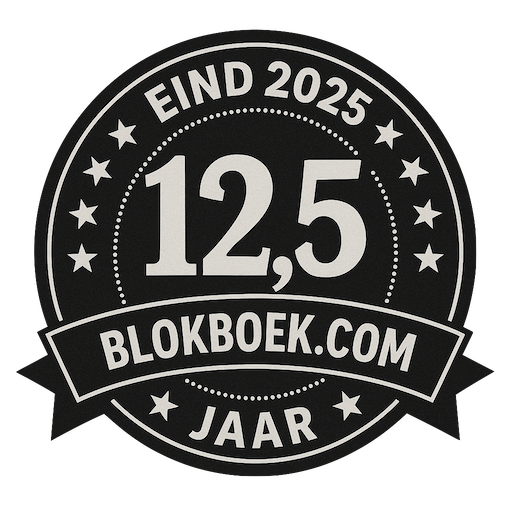
De trainingen voor 2022 staan gereed. Kijk voor het volledige online aanbod van bestaande- en nieuwe trainingen op de website.
BLOKBOEK.COM EN PRINTMEDIANIEUWS: HET OPTIMALE DOELGROEP BEREIK

